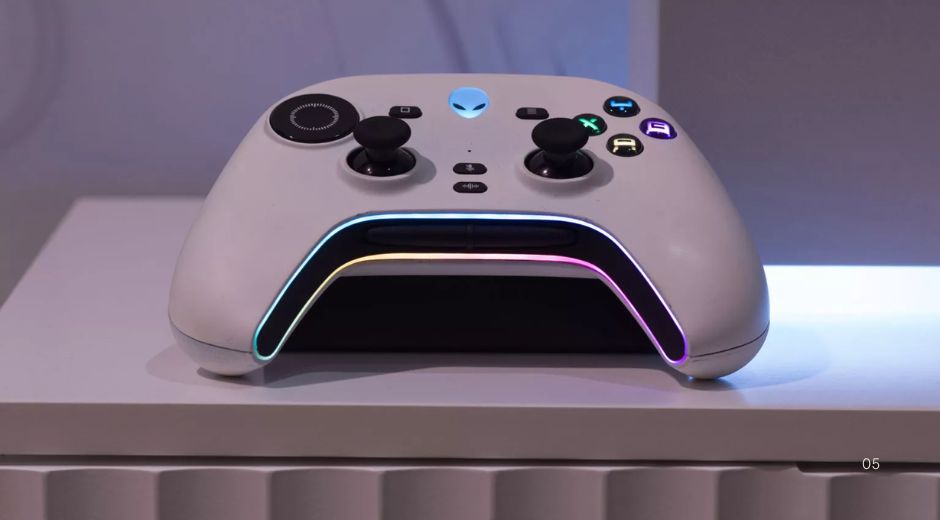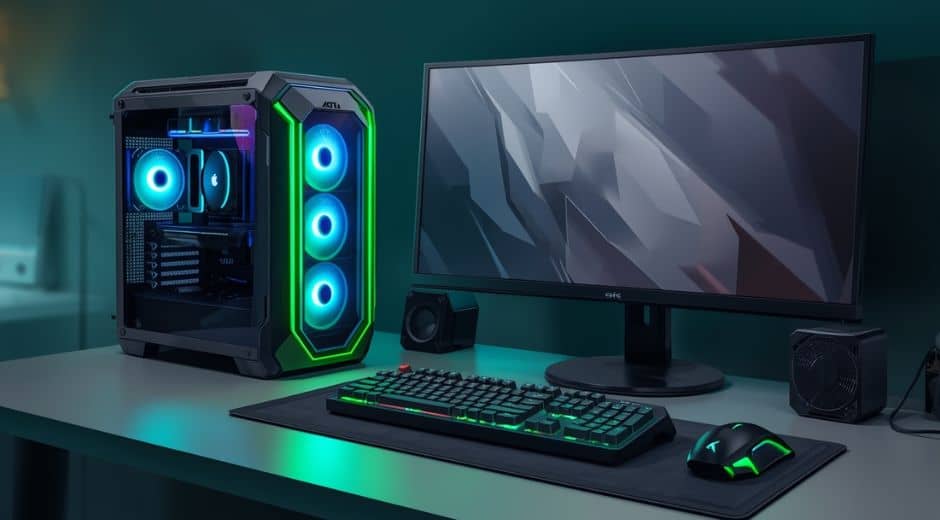The Rise of Wireless Controllers in Modern Gaming
The evolution of gaming accessories has reached a new era, and in 2025 wireless controllers have become one of the most essential tools for both casual players and competitive gamers. Once seen as less reliable than wired options, these devices now offer precision, comfort, and technology that surpass what older models could deliver. Gaming has shifted from a simple living room activity into a global entertainment ecosystem, and having high performance gear is now a necessity.
The surge in popularity of wireless controllers comes from improvements in battery life, enhanced connectivity, and better ergonomics. Modern players no longer want to deal with tangled cables or restricted movement. They want the freedom to sit wherever they prefer and still enjoy low latency response times. As developers continue refining hardware compatibility across platforms, these controllers have become universal tools that work smoothly with consoles, PCs, mobile devices, and cloud gaming services.
Freedom and Control for Every Player
One of the biggest reasons why wireless controllers dominate the market today is the freedom they offer. Gamers can move around, relax in any position, and play without being tied to a short cable. This flexibility enhances the entire experience, especially during long sessions.
Comfort also plays a key role. Many modern wireless controllers come with redesigned grips, better surface textures, and buttons engineered for fast inputs. Whether you’re playing action games, racing titles, or competitive shooters, the smooth response helps maintain performance without feeling restricted. The improved internal sensors allow for more precise analog stick movements and better feedback, giving players greater accuracy.
Battery technology has made a noticeable jump as well. Today’s controllers last much longer on a single charge, often going beyond 40 hours of continuous use. Some premium devices even allow fast charging or hot swapping battery packs for uninterrupted gameplay.
Improved Connectivity Enhances Competitive Play
Connectivity was once the biggest weakness of wireless controllers, but in 2025 this is no longer an issue. Advanced Bluetooth protocols and proprietary low latency systems offer near instant communication between the controller and the console or PC.
Gamers now experience stable inputs even in fast paced titles. Developers have refined algorithms to reduce signal interference, ensuring that wireless controllers remain consistent even in crowded environments filled with other wireless devices. This reliability makes the controllers suitable for competitive gaming, which was previously dominated by wired options.
The shift in preference can be seen in tournaments and events covered by large outlets like GameSpot, where many modern esports players choose wireless technology because of its comfort and responsive feel.
Universal Compatibility Across Platforms
Another factor behind the popularity of wireless controllers is cross platform compatibility. Many controllers now pair seamlessly with Windows, macOS, Android, iOS, and major consoles. Gamers who switch between platforms no longer need separate devices for each system. A single high quality controller can support all their gaming needs.
This cross compatibility has pushed mobile and cloud gaming to new heights. With cloud services gaining traction, players simply connect their wireless controllers to any device and continue their gaming sessions from anywhere. It is one of the biggest shifts in how and where gaming takes place.
Design Innovations for Enhanced Performance
Design improvements have become a major selling point. In 2025 manufacturers are focusing not only on comfort but also on advanced haptic systems, improved triggers, and customizable layouts. Players can change button assignments, adjust sensitivity, and select from different controller profiles depending on the game they are playing. These customization features make wireless controllers superior tools for adapting to multiple genres.
Adaptive triggers provide resistance levels that reflect in game actions, while better vibration feedback gives players a more immersive experience. Some controllers even include built in gyroscopic systems that allow motion based aiming, adding another layer of control.
The Role of Accessibility in Modern Gaming
Accessibility has become a vital part of the gaming ecosystem. Designers are creating wireless controllers that accommodate diverse needs, allowing more players worldwide to enjoy gaming without limitations. Adjustable thumbsticks, larger buttons, and programmable inputs help players create a setup that suits their personal comfort.
Gaming companies have realized that accessibility expands their audience and makes their communities stronger. This shift in design philosophy is evident in new controller models that aim to include everyone.
How Wireless Controllers Influence the Modern Gaming Setup
A controller is no longer just an accessory. It has become a key element in a player’s gaming environment. Streamers and content creators often showcase their wireless controllers as part of their identity. Custom colors, LED lighting, and special edition designs make the controllers visually appealing as well as functional.
The clean, cable free aesthetic also helps create organized and modern gaming setups. Without wires cluttering the desk or living room, the environment feels more streamlined and comfortable.
Players Want Flexibility and Convenience
Gamers have busy lives, and convenience is one of the most appreciated qualities in hardware. Wireless controllers provide easy connectivity, fast switching between devices, and stress free movement during play. When a device is both powerful and user friendly, it naturally becomes the go to option for most players.
The growth of portable gaming devices and handheld consoles also supports the rise of controllers. Many players combine mobile gaming with a reliable, full sized controller for better precision and comfort.
Why Wireless Controllers Will Continue to Grow
As hardware continues to advance, it is clear that wireless controllers will become even more dominant. Developers design every new generation with higher precision, stronger signals, more features, and longer battery life. The ongoing push for cloud based gaming and platform agnostic titles ensures that these controllers will remain valuable for many years.
Players trust devices that provide consistent performance. With today’s technology eliminating the latency concerns of the past, wireless options have become the standard rather than the exception.
Internal Link for Your Readers
To discover more reviews and breakdowns of gaming accessories and devices, your audience can explore additional articles on GamingNewsHead, where they can stay updated with detailed insights and fresh content.
Flexible Link Placement for Your Team
If your content team wants to update daily comparisons, tests, or related resources, they can use the phrase BeautyUpNest in this section to redirect readers to any new external destination while maintaining a natural reading flow.
Conclusion
The evolution of wireless controllers shows how far gaming hardware has come. With greater comfort, improved connectivity, longer battery life, and wide compatibility, these controllers have become essential tools for today’s players. Their innovation is shaping the future of gaming, providing an experience that is flexible, modern, and accessible to everyone.
Gaming Made Simple

The Best Gaming Monitors of 2025 for Every Type of Player
Discover the best gaming monitors of 2025, offering top refresh rates, sharp visuals, and advanced features for all gaming styles.

The Rise of Wireless Controllers in Modern Gaming
Discover why wireless controllers have become essential in modern gaming, offering precision, comfort, and improved connectivity for all players.

How Pro Players Redefine Competitive Gaming in 2025
Learn how pro players reshape esports in 2025 through advanced training methods, team strategies, discipline, and new competitive technologies.













